
The global generic drugs market isn’t just about cheap pills-it’s the backbone of affordable healthcare for billions. As branded drugs lose patent protection and healthcare budgets shrink, generics have become the go-to solution for governments, insurers, and patients alike. But what’s really happening behind the numbers? The market is changing faster than most realize, and the next five years will redefine who wins, who loses, and where the next wave of innovation is coming from.
Why Generic Drugs Still Dominate Healthcare
Generic drugs make up 90% of prescriptions in the U.S., yet they account for only 23% of total drug spending. That’s not a glitch-it’s the whole point. A typical generic version of a branded drug costs 80-85% less. In India, one of the world’s biggest generic producers, over 60,000 different generic medicines are manufactured annually. China supplies nearly 40% of the world’s active pharmaceutical ingredients (APIs), the raw building blocks of these drugs. Together, these two countries control about 35% of global manufacturing capacity. This isn’t just about saving money. It’s about access. In low- and middle-income countries, where out-of-pocket healthcare spending is high, generics are often the only way patients can afford insulin, blood pressure meds, or cancer treatments. Without them, millions would go without treatment. The World Bank estimates that pharmerging markets-countries like India, Brazil, Turkey, and Saudi Arabia-will add $140 billion in drug spending by 2025, and generics will make up the vast majority of that growth.The Rise of Biosimilars: The New Frontier
The old model of copying small-molecule drugs is still strong, but it’s no longer the fastest-growing part of the market. That title now belongs to biosimilars. These are generic versions of biologic drugs-complex, large-molecule treatments used for cancer, autoimmune diseases, and diabetes. Unlike traditional generics, biosimilars aren’t exact copies. They’re highly similar versions made from living cells, which means their production is far more complicated. Producing a biosimilar takes 10 to 20 times more steps than making a regular generic drug. Development costs range from $100 million to $250 million, compared to just $1-5 million for a small-molecule generic. That’s why only a handful of big players can enter this space. But the payoff is worth it. Biosimilars typically sell for 15-30% less than the original biologic, not 80% like traditional generics. That’s still a massive savings for healthcare systems, and demand is skyrocketing. Mordor Intelligence projects biosimilars will grow at a 12.3% annual rate from 2025 to 2030. Drugs like Humira, Enbrel, and Rituxan-all of which have lost patent protection-are now facing biosimilar competition. In Europe, biosimilar adoption is already over 70% in some categories. In the U.S., it’s slower but accelerating, thanks to new reimbursement rules and pressure from insurers.Where the Growth Is: Pharmerging Markets
North America and Western Europe aren’t shrinking, but they’re not growing fast either. Price controls, long approval times, and aggressive bidding wars have squeezed margins. In Germany, generics cover 72% of prescriptions. In Italy, it’s just 28%. The difference? Policy. Countries that actively encourage generics through public procurement and formulary incentives see much higher use. The real action is in pharmerging markets. India, China, Brazil, Turkey, Egypt, and Saudi Arabia are investing billions to build local manufacturing, improve quality control, and expand access. India’s Production Linked Incentive (PLI) scheme gave $1.34 billion to domestic pharma companies in 2024 to boost API production. Egypt now requires 50% of essential medicines to be made locally by 2025. Saudi Arabia’s Vision 2030 includes major investments in domestic pharmaceutical production to reduce reliance on imports. These countries aren’t just consumers-they’re becoming exporters. Indian generics now reach over 150 countries. Chinese APIs are in nearly every generic pill made worldwide. And as these nations strengthen their regulatory systems, they’re gaining trust from Western buyers. The FDA issued 187 warning letters to foreign generic manufacturers in 2023-nearly half targeted facilities in India and China. But those same countries are also improving. Over 15 new nations joined the International Council for Harmonisation (ICH) in 2024, aligning their standards with global norms.
Supply Chain Risks: Too Much Reliance on China
Here’s a scary fact: China produces 65% of the world’s active pharmaceutical ingredients for generic drugs. That’s not just a number-it’s a vulnerability. When COVID-19 hit, supply chain disruptions caused shortages of critical antibiotics and heart meds. The U.S. FDA has been warning for years about overdependence on single-source suppliers. Countries are starting to react. The U.S. and EU are offering subsidies to bring API production back home. India is expanding its PLI scheme to cover more intermediates. But reshoring takes time, money, and technical expertise. For now, most generic manufacturers still rely on Chinese APIs because they’re cheaper and more reliable than alternatives. The risk isn’t just political-it’s economic. If China restricts exports, raises prices, or faces a major disruption, global generic drug supply could collapse overnight. That’s why many companies are now building dual-sourcing strategies: keeping Chinese suppliers but adding backup facilities in Vietnam, Mexico, or Eastern Europe.Profit Margins Are Squeezing Small Players
In 2020, the average profit margin for generic drug makers was 18%. By 2024, it dropped to 12%. Why? Too many companies chasing too few profitable products. When a big patent expires, dozens of manufacturers rush in to make the same drug. Prices crash. The first mover makes a killing. The last ones barely break even. This has led to consolidation. Big players like Teva, Sandoz, and Sun Pharma are buying up smaller competitors. New entrants are avoiding crowded markets and focusing on complex generics and biosimilars instead. The ones surviving are those who’ve moved up the value chain-offering not just pills, but packaging, compliance tools, supply chain logistics, and even digital health integrations. Some are partnering with pharmacies and insurers to create direct-to-patient programs. Others are building specialty divisions focused on rare diseases or pediatric formulations. The old model-make a cheap pill, sell it to a distributor-is fading fast.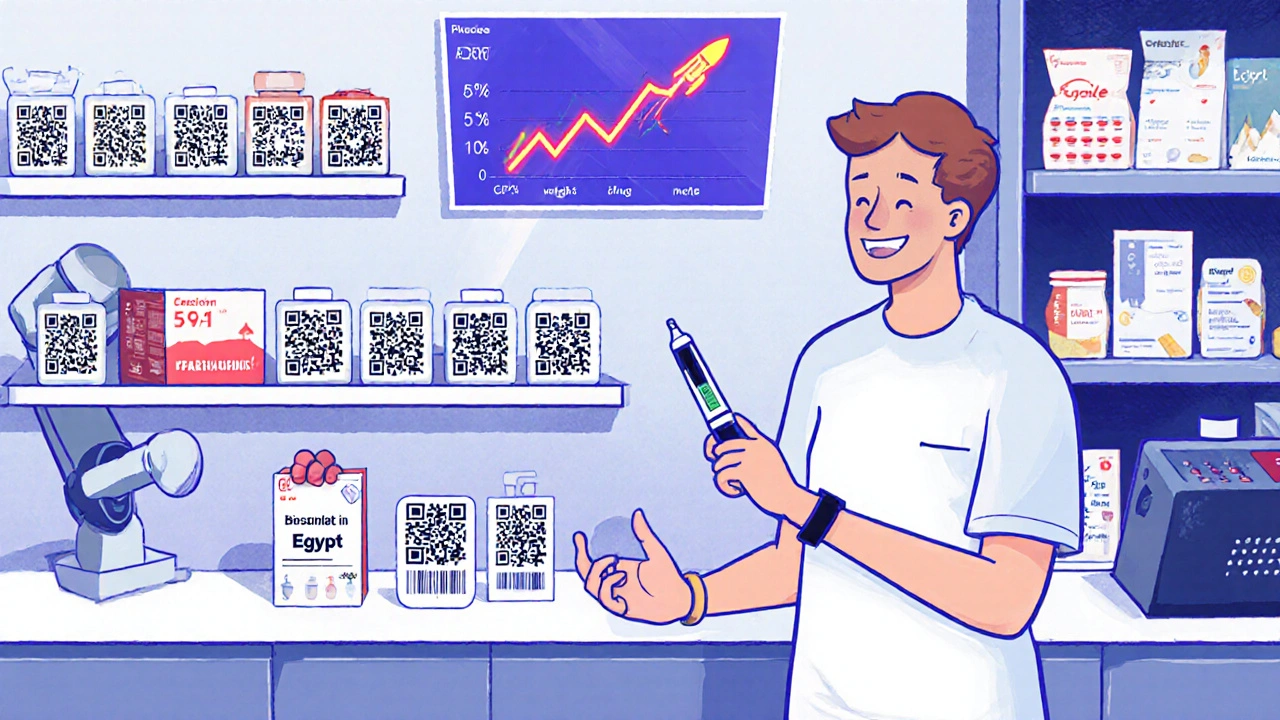
Regulation: A Double-Edged Sword
Regulatory agencies like the FDA and EMA are doing more inspections than ever. In 2023, 40% of FDA warning letters were issued to foreign generic manufacturers for issues like poor sanitation, data integrity problems, or unapproved process changes. That’s a red flag. But it’s also a signal that regulators are serious about quality. The good news? Countries that meet international standards are getting faster approvals. The ICH guidelines are now adopted by 80+ countries, which means a drug approved in the U.S. or EU can often be submitted for approval in India or Brazil with fewer additional tests. That’s cutting development time and costs. But in places with weak enforcement, counterfeit and substandard drugs still flood the market. The WHO estimates that 1 in 10 medical products in low-income countries are fake. That’s not just a business problem-it’s a public health crisis. Stronger regulation isn’t a cost-it’s a requirement for long-term market credibility.What’s Next: The 2030 Outlook
By 2030, the global generic drug market is expected to reach $650-700 billion. But here’s the twist: while the market size grows, its share of total pharmaceutical spending is expected to drop-from 57.6% in 2024 to around 53%. Why? Because specialty drugs, gene therapies, and GLP-1 weight-loss medications are exploding in sales. These aren’t generics. They’re expensive, complex, and patent-protected. That means generics will still be the workhorse of global health, but they’ll be competing for attention and budget against flashy new treatments. The winners will be those who can scale efficiently, maintain quality, and adapt quickly. The losers? Companies stuck making low-margin, commoditized pills with no differentiation. The future belongs to manufacturers who treat generics not as a commodity, but as a service. That means investing in supply chain resilience, digital tracking, patient support programs, and biosimilar innovation. It means working with governments to ensure access, not just profit. Generic drugs won’t disappear. But the way they’re made, sold, and trusted will change. The next decade won’t be about who makes the cheapest pill. It’ll be about who can deliver the safest, most reliable, and most accessible medicine to the people who need it most.Are generic drugs as safe as brand-name drugs?
Yes, when they’re made by reputable manufacturers and approved by strict regulators like the FDA or EMA. Generic drugs must contain the same active ingredient, strength, dosage form, and route of administration as the brand-name version. They’re tested for bioequivalence-meaning they work the same way in the body. The main difference is in inactive ingredients, packaging, or branding. The FDA’s 2023 data shows that over 99% of generic drugs meet quality standards. Problems arise mostly from unregulated or poorly inspected facilities, especially in regions with weak oversight.
Why are biosimilars more expensive to develop than regular generics?
Biosimilars are made from living cells, not chemicals. That means the manufacturing process is far more complex. A small-molecule generic can be synthesized in a few steps, like mixing ingredients in a lab. A biosimilar requires growing cells in bioreactors, purifying proteins, and ensuring the final product matches the original in structure and function. This demands specialized facilities, highly trained staff, and years of testing. Development costs range from $100 million to $250 million, compared to $1-5 million for traditional generics. The result? Higher prices, but still 15-30% lower than the original biologic.
Which countries are the biggest producers of generic drugs?
India and China are the top two. India produces over 60,000 generic medicines and supplies 20% of the world’s generic drug volume by volume. It’s known for high-quality, low-cost production and exports to over 150 countries. China makes about 40% of the world’s active pharmaceutical ingredients (APIs), the raw materials used in generics. Together, they control roughly 35% of global manufacturing capacity. Other growing players include Brazil, Turkey, and South Korea, which are expanding both production and regulatory standards.
Why do generic drug prices keep falling?
When a brand-name drug’s patent expires, dozens of generic companies enter the market. At first, the first few makers earn good profits. But as more companies join, competition intensifies. Prices drop rapidly-sometimes by 90% within a year. This is called the "generic cliff." In markets like the U.S. and Europe, government agencies and insurers use bulk purchasing and competitive bidding to drive prices even lower. The result? Thin margins. Profitability now depends on scale, efficiency, and moving into harder-to-make products like complex generics or biosimilars.
Can I trust generics made in India or China?
Many do. India’s top manufacturers, like Sun Pharma and Dr. Reddy’s, have FDA and EMA approvals and supply major Western markets. China’s best facilities also meet international standards. But not all do. The FDA issued 187 warning letters to foreign generic manufacturers in 2023, with many targeting facilities in these countries for issues like data falsification or poor sanitation. The key is to buy generics from trusted brands and pharmacies that source from approved suppliers. Avoid unknown online sellers or unbranded products from unregulated markets.
10 Comments
Dana Oralkhan
November 21, 2025 at 11:35 AM
I get why people are skeptical, but I’ve seen firsthand how generics saved my mom’s life when she couldn’t afford the brand-name insulin. It’s not perfect, but it’s life-saving. Let’s not throw the baby out with the bathwater. 💙
Jeremy Samuel
November 21, 2025 at 14:53 PM
Biosimilars? More like biosillys. Who even knows if they work? I mean, come on. If it’s not a carbon copy, it’s just a fancy placebo with a higher price tag. 🤷♂️
Destiny Annamaria
November 21, 2025 at 21:32 PM
India and China are the unsung heroes of global health. 🌏 I’ve got family in Mumbai who get their meds for $2 a month. Meanwhile, I’m paying $400 for the same thing here. It’s wild. We need to stop acting like these countries are the problem-they’re the solution. 🙌
Ron and Gill Day
November 22, 2025 at 09:52 AM
This whole post is a corporate PR piece disguised as analysis. You think the FDA gives a damn about patients? They’re busy kissing the hands of Big Pharma. Biosimilars? More like bioscamilars. The real innovation is in how they’ve perfected squeezing every last dime out of the public.
Aruna Urban Planner
November 22, 2025 at 15:34 PM
The shift from volume to value in generics is inevitable. The low-hanging fruit-simple molecules-is now a race to the bottom. The future lies in integrated supply chains, real-time traceability, and patient-centric delivery models. It’s not about cheaper pills anymore-it’s about smarter systems.
Nicole Ziegler
November 22, 2025 at 15:53 PM
China makes 65% of APIs??? 😱 I had no idea. I just thought my blood pressure pill was cheap... now I’m paranoid. 🤔
Bharat Alasandi
November 24, 2025 at 11:26 AM
Bro, in India we make these pills in our sleep. My uncle works in a plant in Hyderabad-he says the real issue isn’t quality, it’s that Western regulators over-check and under-pay. We’re not cutting corners-we’re just working smarter.
Kristi Bennardo
November 25, 2025 at 23:42 PM
This is a disgrace. A complete and utter disgrace. We are outsourcing the very foundation of public health to nations with zero accountability. And you call this progress? This is national security failure dressed up as economics. Wake up, people.
Ravi boy
November 27, 2025 at 10:46 AM
India makes 60k generics yeah but also makes 10k fake ones too. Its a mess. But still better than no meds at all. Thx china for the api. Thx india for the pills. Thx us for the price pressure. We all messed up together lol

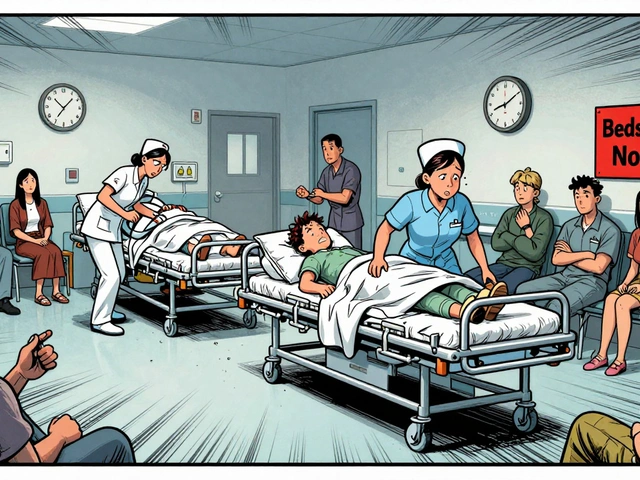
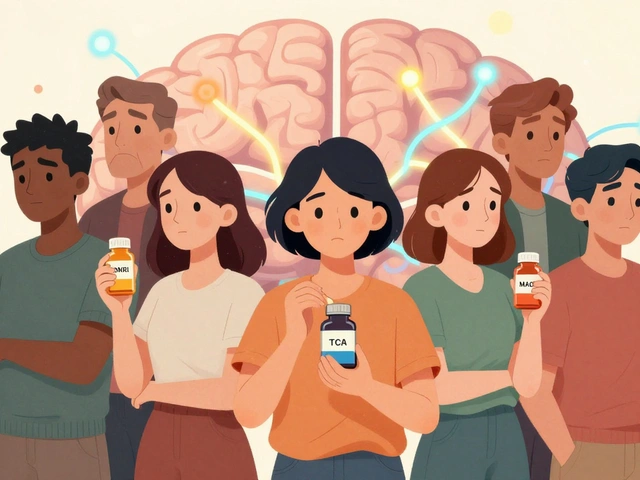

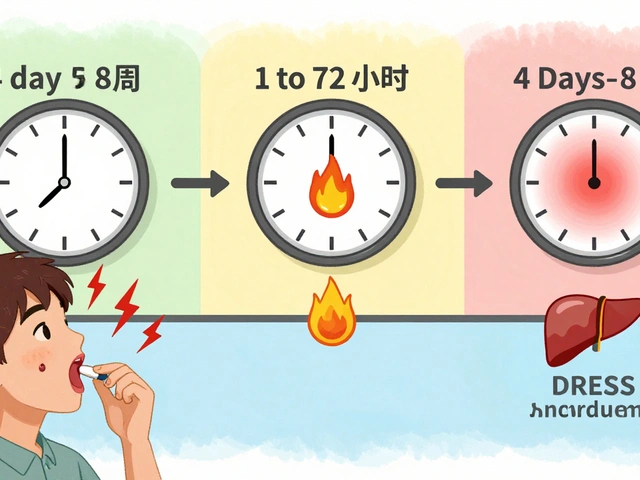
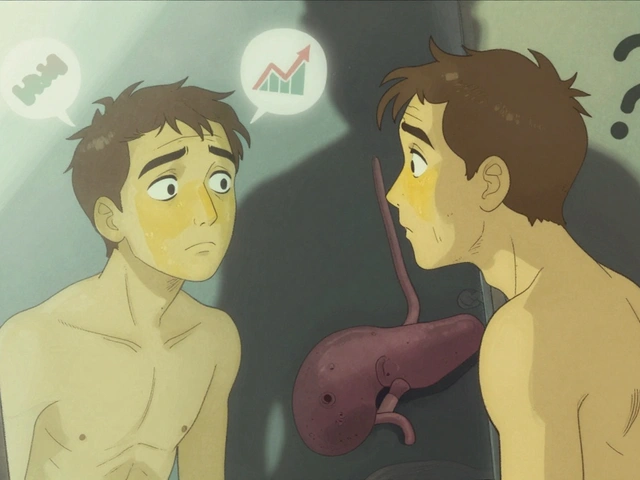
Russ Bergeman
November 20, 2025 at 03:57 AM
Generic drugs? More like generic scams. I got a pill last month that looked like it was made in a basement. FDA? More like FDA-Don't-Even-Bother. 😒